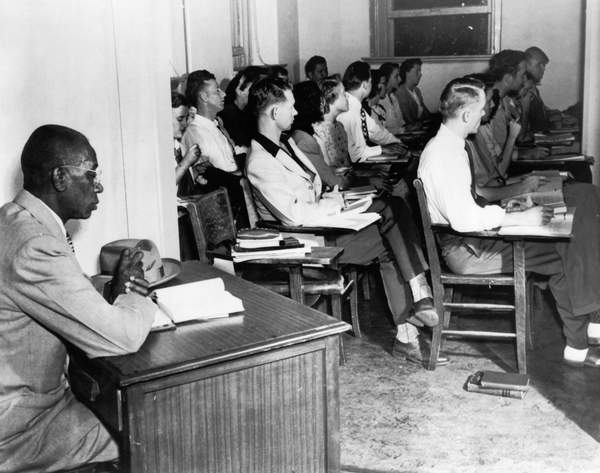
Education Through The Ages
As September is fast approaching and the prospect of returning to school or university looms, the groans of students of all ages can be heard far and wide. This inspired to look through the Bridgeman archives at education through the ages. Here are some of our favourite finds.
800BC-146BC: Ancient Greece
Interestingly, music was the only subject taught to both girls and boys in ancient Greece, as it was highly valued in society. On top of this, boys went to school to learn reading, maths and gymnastics, while girls were educated at home about housework. The study of well-known ancient Greek subjects such as art, politics astronomy, philosophy, and maths was reserved for men who went to university.
206BC – 220AD: The Han Dynasty

Ancient Chinese Waiting for Examination Results, facsimile of original Chinese scroll (coloured engraving), Chinese School / Private Collection / Bridgeman Images
Did you know the Ancient Chinese were the first known society to hold exams? During the Han dynasty imperial examinations were held nationwide as a test to select the best candidates for the civil service. Although most boys at school in Ancient China were taught the teachings of Confucius, the imperial exams did not emphasise this material. According to one source, some candidates for senior positions were asked to memorise 9,000 Chinese characters.
8TH century – 13th century: The Islamic Golden Age
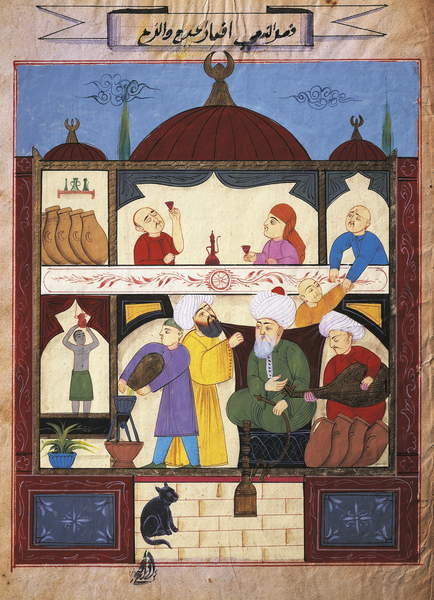
Avicenna teaching his students the rules for hygiene, bath, wine and music, illustration from the ‘Canon of Medicine’, by Avicenna (ink & colour on paper), Turkish School, (17th century) / De Agostini Picture Library / Bridgeman Images
Persian scientist and philosopher Avicenna (c. 980 – June 1037), who is largely regarded as the father of modern medicine, is shown here teaching his students the rules for hygiene, bath, wine and music. During the Islamic Golden Age, the Abbasid Caliphate became a centre of learning, drawing from the knowledge of India, China and ancient Greece and making significant new contributions to maths, astronomy, philosophy, medicine and geography.
16th century – 17th century: The Protestant Reformation in Europe
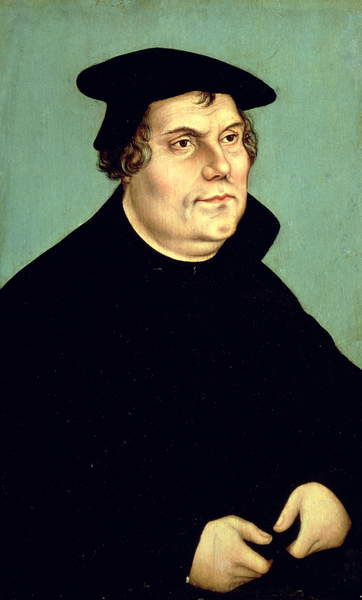
Martin Luther (1483-1546) (oil on panel), Cranach, Lucas, the Elder (1472-1553) / Kurpfalzisches Museum, Heidelberg, Germany / Bridgeman Images
Up until the 16th century, the majority of the population in Catholic countries was illiterate, and reading Latin was generally restricted to the clergy in order to read the Scriptures. Starting in 1517 with Luther’s proposition to translate the bible into the vernacular, new Protestant groups encouraged wider primary school education, hoping this would contribute to a more pious society. While groups varied on their attitude to education for girls, several were in support of it. Luther himself proposed that boys should have four hours of education a day and girls should have two.
17th – 18th century: The Age of Enlightenment

Jean-Jacques Rousseau teaching a group of children (engraving), French School, (19th century) / Bibliotheque Nationale, Paris, France / Archives Charmet / Bridgeman Images
During the Enlightenment, scholars such as Rousseau challenged the authority of the Catholic Church and proposed more universal education with a focus on science and reason. During this time, the percentage of the public that could read significantly increased, particularly among women and the lower classes, although this was also in part due to the influence of the Reformation as well as the rise of the printing press.
1901: United States
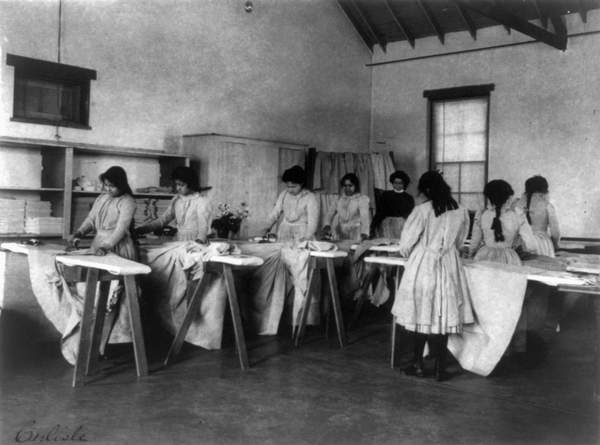
CARLISLE SCHOOL, c.1901 Ironing class at the Carlisle Indian School in Carlisle, Pennsylvania. Photograph by Frances Benjamin Johnston, c.1901. / Granger / Bridgeman Images
In this photo, girls attend an ironing class at Carlisle, the first federally-funded off-reservation boarding school for Native Americans. Set up by General Richard Henry Pratt, the school was an attempt to ‘assimilate’ Native American children into Euro-American culture under the motto ‘Kill the Indian, Save the Man’. Children were taken from their families at a young age, forced to cut their hair, change their name, and convert to Christianity. They were also forbidden to speak their indigenous languages, and were discouraged from going back to their reservations in the summer. Carlisle became a model for other ‘Indian’ schools, and by 1902 there were 25 federally funded schools, with a total enrolment of over 6,000 students. It was not until 1978 that the Indian Child Welfare Act stopped the forced removal of Native American children from their families, and gave the indigenous people full autonomy over their schooling.
1948: United States
This photo shows white students in class at the University of Oklahoma, while G.W. McLaurin sits in the Anteroom. McLaurin was the first African-American student to attend the University. He was also segregated in the cafeteria and had his own desk in the library hidden behind a stack of newspapers so he could not be seen by the white students. In 1950 the Supreme Court ruled that McLaurin had not received equal treatment as required by the Constitution.
2019: Today
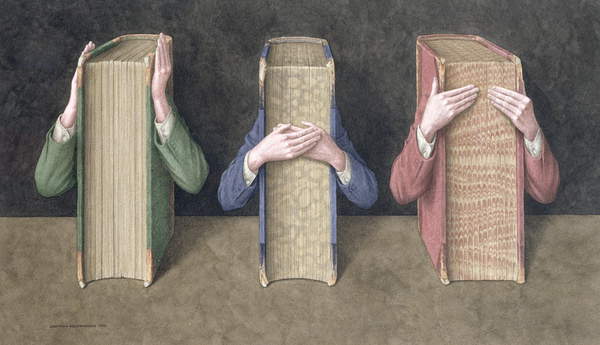
Three Wise Books, 2005 (w/c on paper), Jonathan Wolstenholme (b.1950) / Private Collection / © Portal Painters / Bridgeman Images
Reflecting on these images from these archives has got us thinking about some important questions. What subjects do we value as a society, and why? Will this change in future as it is constantly changing now? Who has access to Education? And how can education change and challenge society today, as it has shown to have done throughout history?


